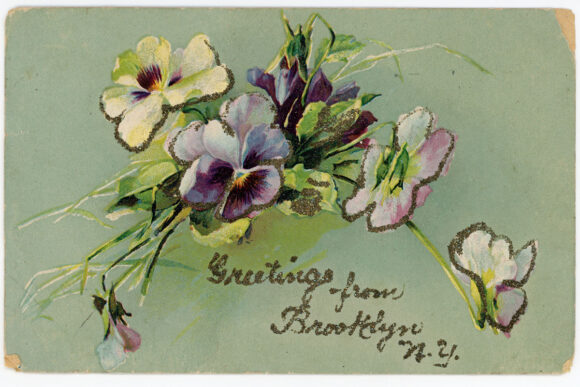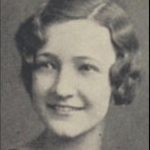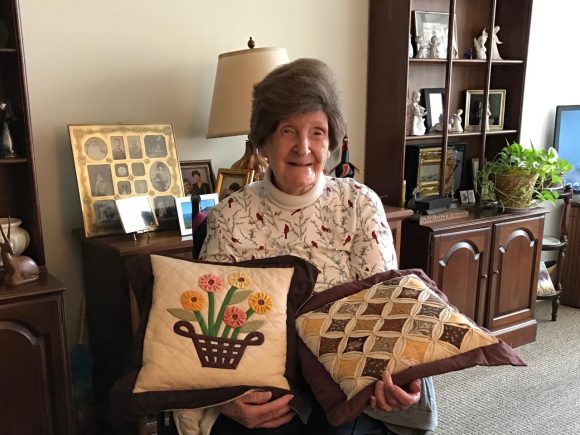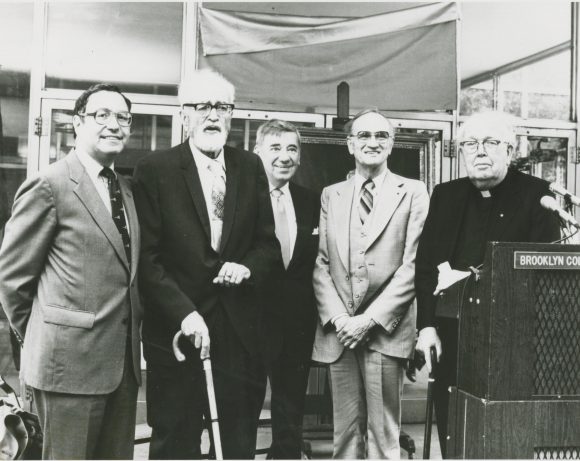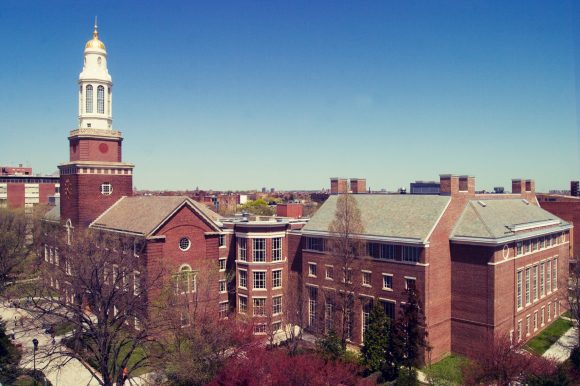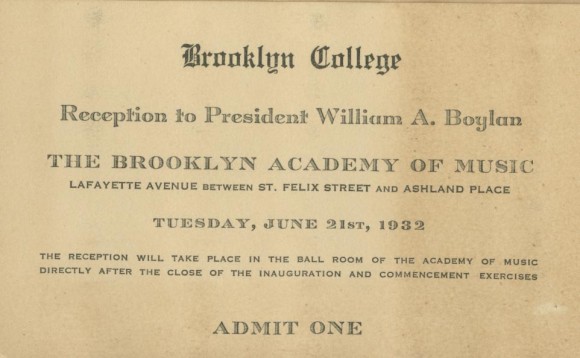by Daniel Lado, GSLIS student, Queens College, CUNY
Working with the Brooklyn College Archives was a really helpful experience in learning a remote workstyle for archiving. I had a great time working with quite a number of files of archived material. My primary goal was to upload to the Archives’ digital repository PDFs of postcards from the Everett Hughes Postcard Collection, create metadata records for each one, and transcribe any messages on the cards. There are almost 1000 postcards in the entire postcard collection, and each one is tied to its own category.
These Brooklyn postcards date as far back as the very late 1800s. They are from various parts of Brooklyn, such as Flatbush and Coney Island. Each of these areas is a subcollection of the Everett Hughes Postcard Collection. All of the files containing the postcards were very neatly organized by name. They were also categorized beforehand; each set of files corresponded with an area of Brooklyn, and this made focusing on one sub collection far easier than having to go back and forth with several sub-collections.
The hardest part of the internship is trying to understand the handwriting of people from over a hundred years ago. Back then, it was normal to write everything in script, as opposed to today, where people write in print. This is especially a problem when some of the words are faded out or if something is on top of the words, like a stamp. Trying to understand older handwriting in script was hard for the first few weeks, but I was able to get the hang of it after repeated practice. Handwriting that was not only illegible to read but also in a language I was unfamiliar with was among the most difficult. One of the postcards was written in French, but fortunately I was able to write down most of the words from the postcard. It usually just takes a bit of patience and practice to get used to the reading script.
When trying to read script handwriting from a hundred years ago, you’d be surprised at how some normal words are a bit tricky to interpret the first time. Sometimes it would take more than three rereads of the words to understand what the writer was trying to say. There are also small instances of stamps or ink residue that covered a half of a word, and I had to use my own intuition to figure out what the meaning of the sentence was supposed to be. I personally found it a challenge at times, and I think it is a great way to get yourself accustomed to the handwriting from many years ago. It certainly helped me learn to interpret this style of writing for when I might have to deal with archives that are even older than these postcards.
There were many postcards that were easy to transcribe and upload. Most of the easy-to-transcribe postcards had a few printed words on the back and a title on the front, and these took a few minutes to finish. So, it was random whenever the next postcard I had to work on was going to take a few minutes or longer than that to complete. Thankfully, the work hours are remote, so it was easier to set work hours aside if there wasn’t enough time in the day. I also want to add that every time before uploading a new entry, it is important to check the metadata to make sure there aren’t any errors. But even after looking for mistakes, there were still instances of errors that slipped by, and I had to re-edit the entry. Fortunately, editing the information on Illumira was simple and straightforward. It would take a minute at the most to correct something and have the platform save the changes. I always make sure to write down any metadata that was related to the postcard onto a spreadsheet. Recording this information on a spreadsheet was extremely useful, because if I had to look for a specific piece of metadata, it would only take a few seconds. Setting up the look and format for the spreadsheet was the longest part, but after that, writing the work down became far easier. I highly advise copying all metadata to spreadsheets for reference for any future interns.
The online platform that houses a lot of the information about the archives is called “Illumira.” The website made it easy to sign in, submit metadata, and upload new records. Going back and reediting past submissions was also quick and easy to do. Any small piece of information could be re-edited if there was something I needed to correct. Another helpful thing about the website is that it always remembers that you are signed in. Even if the computer fell asleep or if you left to deal with something, the platform did not sign you out. I found this really helpful when working for a long period of time on the computer. I wish I could say that using Illumira was a pleasant experience, but that was not the case at the end of my internship.
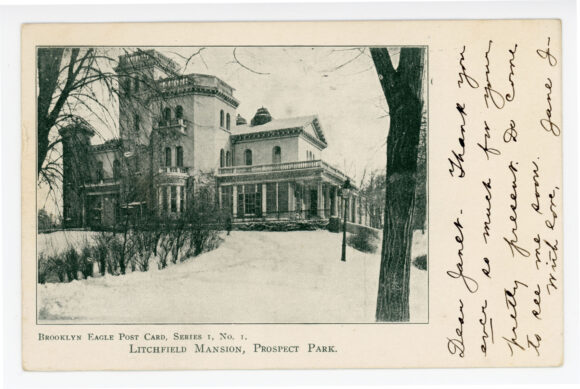
Postcard of the Litchfield Mansion in Prospect Park, Everett Hughes Collection, Brooklyn College Archives.
A few months into my internship, Illumira experienced some technical difficulties that prevented me from uploading any new entries to the platform, but I was able to continue contributing to the project by entering the metadata for each card that could not be uploaded into an Excel spreadsheet so that someone else can upload the files later. Applying for an internship was a hassle-free experience, and it wasn’t that hard to start working right away. If you need an internship to help with a degree or to understand the basics of online archiving, I would highly recommend working with the Brooklyn College Archives. In my opinion, I highly recommend working with the Brooklyn College Archives if you want to learn the basics of archiving through online platforms. Whether through an online internship or working in person, it is a really good and fun experience that will get you acquainted with the habits of preserving information.
If you want to know more about the Brooklyn College Archives, you can email specialcollections@brooklyn.cuny.edu for more information.
